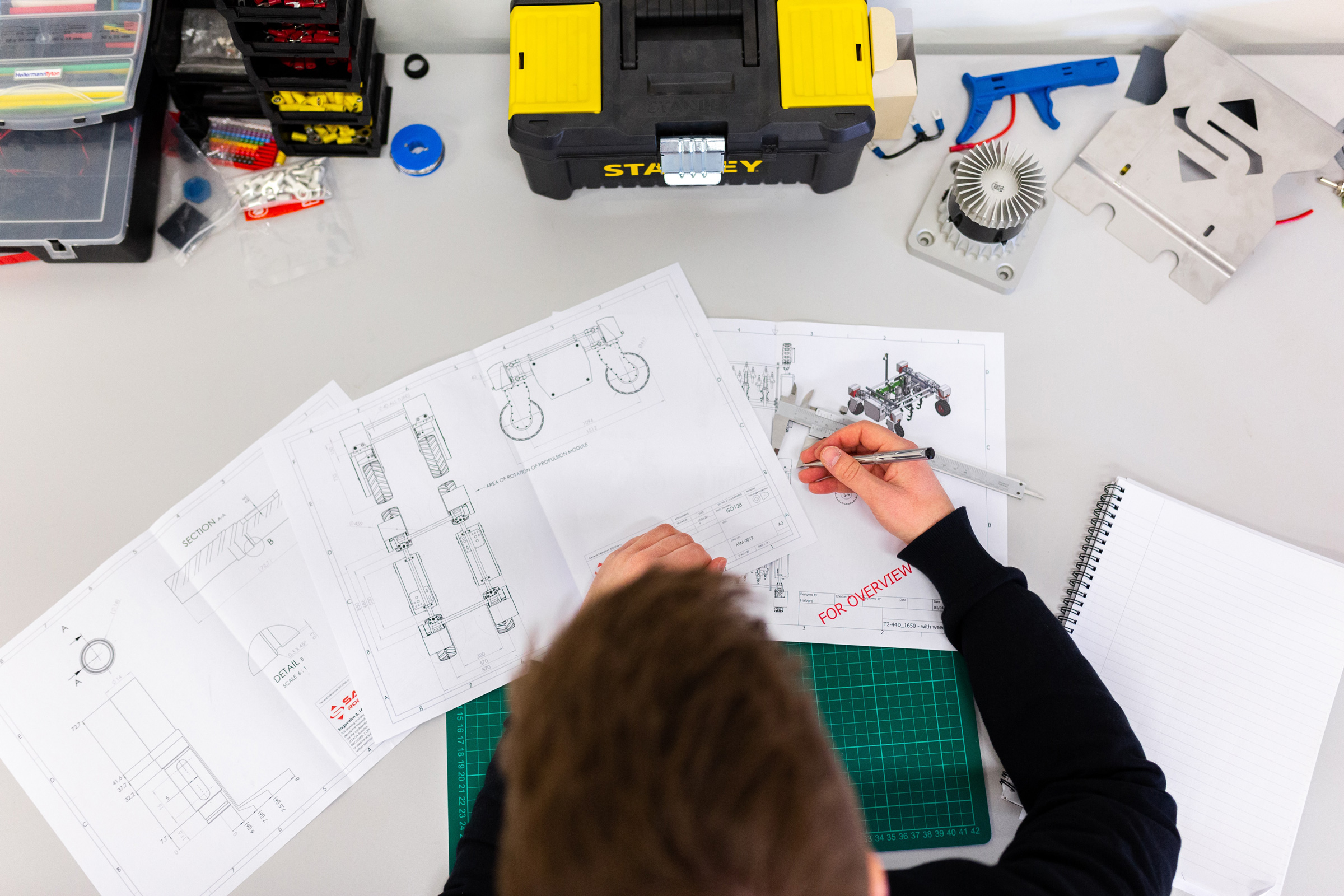If you manage a multi-location healthcare group (dental, veterinary, or medical) your front desk is likely overwhelmed.
Calls are missed. Staff are stretched. Patients are frustrated.
The issue isn’t demand. It’s the way communication is managed across locations.
Centralizing CX support brings structure to the chaos. It ensures every patient message gets answered, every clinic follows the same standard, and your team can focus on care instead of call volume.
Here’s how it works and why more clinic networks are making the shift.
The Hidden Cost of Fragmented Support
Most multi-clinic organizations still rely on local staff to answer phones, manage inboxes, and handle appointment reminders. That system might have worked when you had three locations. With ten or twenty, it falls apart.
The signs are clear. Patients are waiting on hold while staff juggle in-person care. Overflow calls go unanswered during busy times. No two clinics handle interactions the same way.
It creates a poor experience for patients and a stressful one for your team. It also leads to missed opportunities. Follow-up appointments, online reviews, and long-term loyalty all suffer when communication drops.
What Centralized CX Actually Means (And Why It Works)
Centralized CX doesn’t mean replacing your team. It means giving them backup.
Instead of forcing each clinic to manage its own inbound calls, chats, and emails, a centralized CX partner handles all interactions in a unified, professionally managed environment.
What that unlocks:
- Shared agents trained across all clinic protocols
- Standardized scripts and resolution pathways
- Omnichannel support managed from one platform
- Real-time data across every patient touchpoint
Local vs. Centralized CX: What Changes
| Localized CX | Centralized CX | |
|---|---|---|
| Call Answer Times | Varies by clinic | Consistent across locations |
| After-Hours Support | Unavailable or ad hoc | Professionally managed |
| Staffing Flexibility | Low | High |
| Service Quality | Inconsistent | Standardized and monitored |
This model keeps service consistent as you grow and gives leadership clear visibility into performance across all locations.
3 Signs Your Clinics Are Ready for Centralized Support
- If your front desk is overwhelmed by calls, it is a clear sign that your team is under strain. Staff are struggling to manage communication while maintaining in-person care, and patient satisfaction is slipping as a result.
- If your patients receive different answers depending on which clinic they contact, your brand consistency is at risk. Inconsistencies in communication erode trust and make it harder to build loyalty.
- If you are expanding or consolidating and finding it harder to maintain service standards, your current CX model is likely holding you back. Growth should bring scale, not stress.
These are strong signals that it is time to centralize.
How Outsourced CX Unlocks Scale Without Complexity
Centralizing doesn’t mean building a call center from scratch. Outsourcing to a vetted CX partner gives you everything you need (agents, tools, and workflows) without heavy investment or long timelines.
With the right partner, you get:
- Healthcare-trained agents ready to support your patients
- HIPAA-compliant processes and secure systems
- Extended hours or 24/7 coverage
- Voice, chat, SMS, and email support
- Built-in quality assurance and reporting

Outsourcing also means ongoing support. You get program oversight, continuous improvement, and performance transparency from day one.
Don’t Just Centralize. Automate the Right CX Tasks with AI.
Centralizing support solves part of the problem. But to truly scale service without scaling costs, AI needs to be part of the strategy. Not in the abstract. Here’s what it actually looks like inside clinic operations:
Dental and Orthodontic Practices
- AI chat on your website pre-qualifies insurance, location, and appointment type before handing off to a live agent.
- Voice AI answers missed calls and offers call-backs, appointment booking, or payment links without staff intervention.
- Automated insurance verification triggers when patients input basic info via chat or form.
Veterinary Groups
- SMS bots confirm or reschedule wellness visits and medication refills (with real-time updates to your PMS).
- After-hours AI voice assistant triages emergency vs. non-urgent inquiries, escalating only when needed.
- AI-powered sentiment tracking flags frustrated pet parents based on message tone, helping your live team prioritize outreach.
Medical and Specialty Clinics
- AI auto-fill for patient intake forms cuts admin time for both staff and patients.
- Email AI manages inbound requests for records, billing, or appointment reschedules, drafting templated replies that agents review.
- Predictive analytics forecast no-show risk based on history and time of day, prompting proactive outreach.
None of this replaces your team. It amplifies them. And when done right (through a centralized, AI-ready partner), it starts showing ROI within weeks.
The goal isn’t more tech in and of itself. It’s fewer dropped calls, less manual work, and more time for patient care.
Why Omnichannel Support and CX Technology Isn’t Optional Anymore
Patients and pet parents expect convenience. If they can book a haircut or order groceries by text, they expect the same from your clinic.
Today’s patients want:
- Real-time chat on your website
- SMS reminders and confirmations
- Prompt email replies without long delays
- Call-backs instead of long hold times
A centralized CX hub makes this possible. It keeps communication flowing without overwhelming your in-clinic staff. Your team can focus on what they do best, delivering care, while every message gets answered through the right channel.
Pilot Now, Expand Later: A Low-Risk Path Forward
You don’t have to overhaul your entire operation to see results. Many multi-clinic groups start with a small CX pilot to test the waters.
Outsource Consultants helps clinic networks start smart:
- One or two locations
- A single channel or two (such as phones and chat)
- Measurable KPIs like answer rate, first response time, and patient satisfaction
Most clients see measurable improvements within 60 to 90 days. In many cases, the efficiency gains offset the investment. Better coverage reduces no-shows, boosts rebooking, and improves overall patient loyalty.
We guide the process from start to scale. That includes benchmarking your current setup, matching you with vetted partners, and overseeing rollout so you can focus on care, not coordination.
Want to explore options? Schedule a CX strategy call to benchmark your current performance and explore what a centralized solution could look like for your organization.






